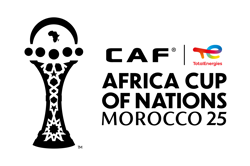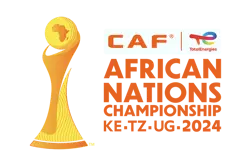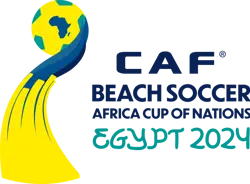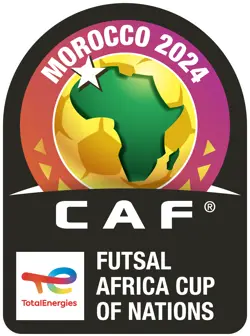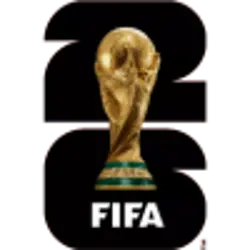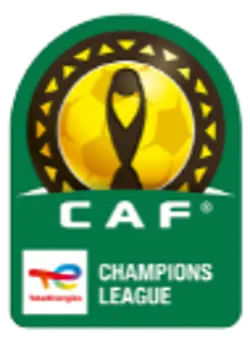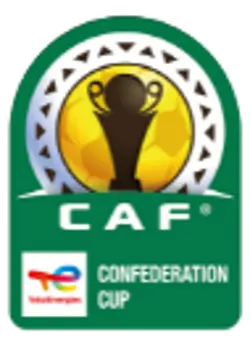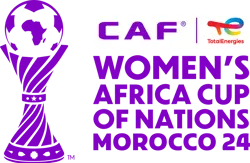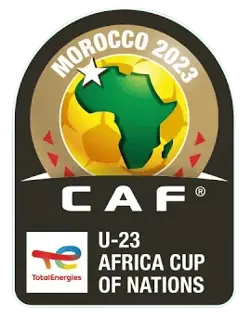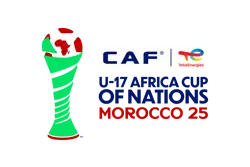Women Media Officers Workshop launches communication around TotalEnergies CAF Women's AFCON, Morocco 2024
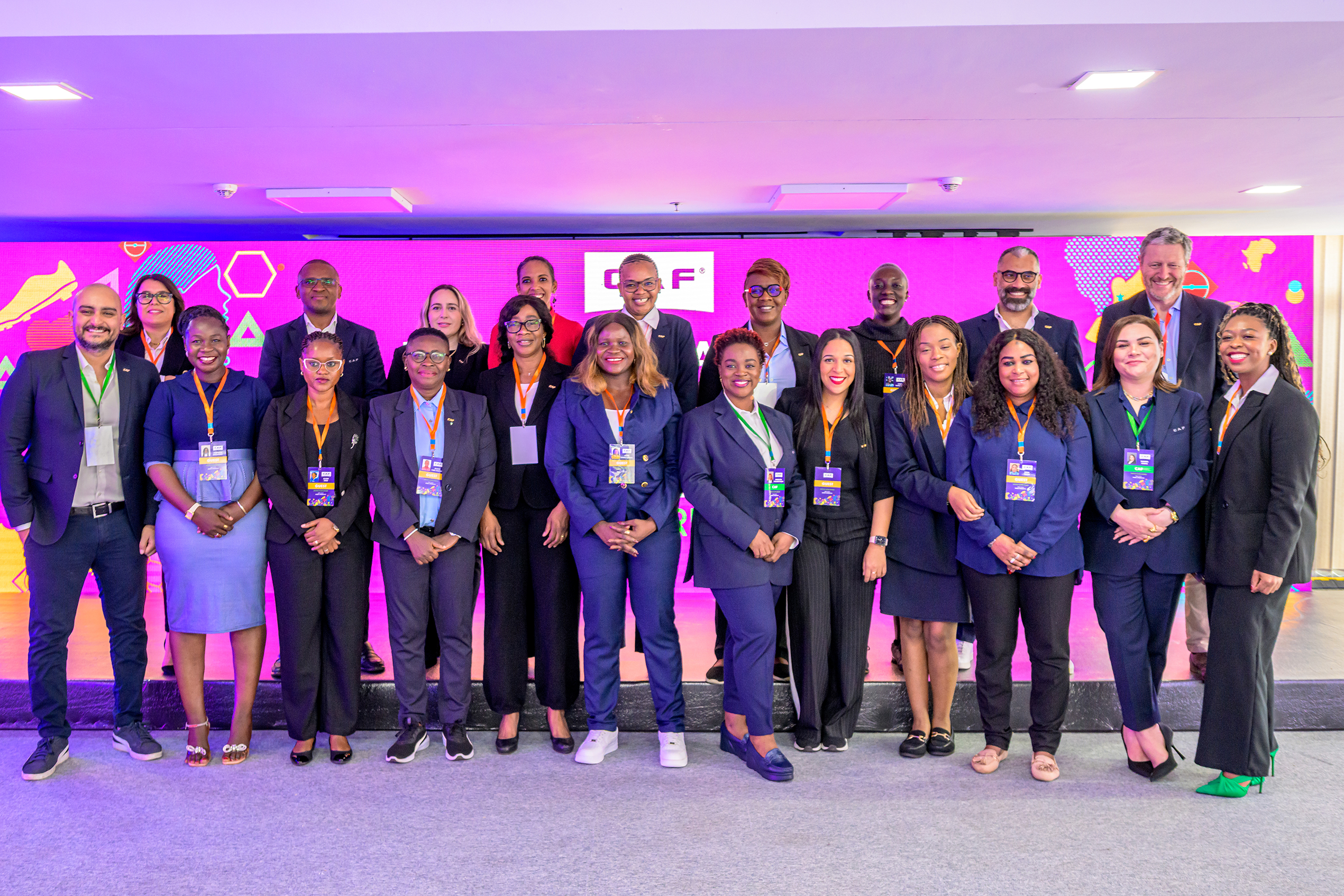
The Women Media Officers Workshop officially launched communication efforts around the upcoming TotalEnergies CAF Women’s Africa Cup of Nations (WAFCON), Morocco 2024.
In Rabat, amid the ochre earth, green palm trees, and white columns, twenty women gathered in the Salmaiah room of the Barcelo Borj El Arab Hotel. They came from across the continent – Mali, Senegal, Nigeria, Botswana, Sierra Leone, Morocco – united by a shared mission: writing press releases, managing crises, holding microphones, and telling the story of African football from the inside. These are the Media Officers. Largely invisible to the public but indispensable behind the scenes.
For the first time, the Confédération Africaine de Football (CAF) dedicated a workshop entirely to them. The gathering marked a crucial step in preparations for the TotalEnergies CAF Women’s Africa Cup of Nations, set to take place in Morocco from July 5 to 26. As the tournament draws near, the quality of storytelling, the clarity of communication, the strength of messaging, and the unity of voice all become strategic priorities.
The workshop was aptly titled ‘Her Name: Her Path: Born Winner’. Its ambition was clear – to build, train, and empower. But it was more than just a work session. “This is a founding moment,” said Charlotte Eyoum, CAF’s Head of Media. “It’s not just about strengthening skills. It’s about claiming space and making visible an energy that already exists.”
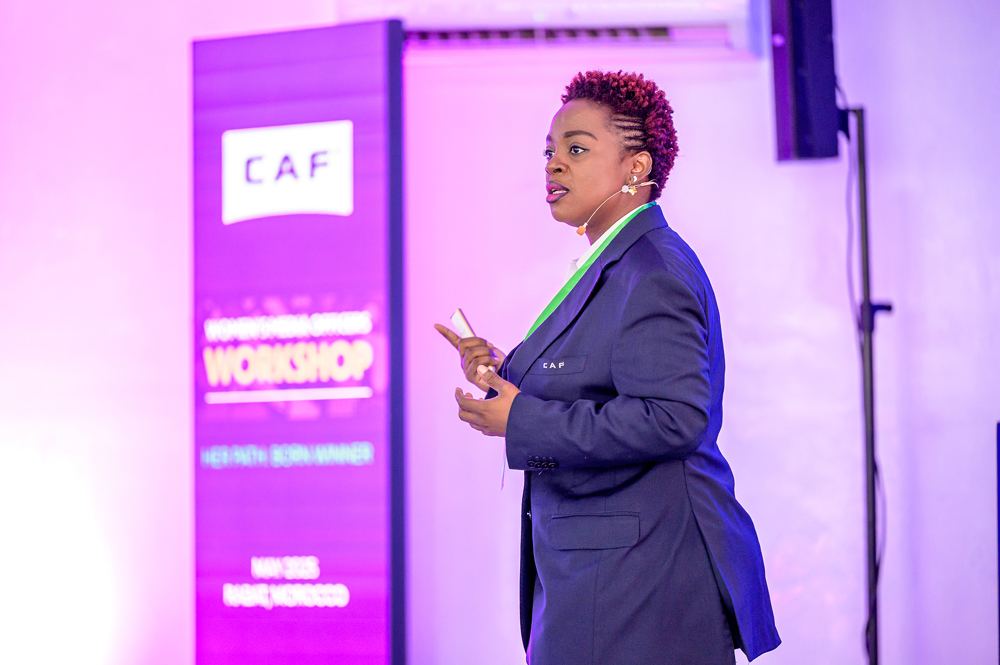
The presence of these women in Rabat was no accident. It’s a direct outcome of a promise made by CAF President Dr. Patrice Motsepe to increase the representation of women across all levels of African football. This initiative follows the CAF Future Media Officers Program launched in 2021, which aimed to professionalize and expand the pool of communicators on the continent.
“In 2021, we were in a difficult position,” recalled Luxolo September, Acting Director of Communications at CAF. “The institution’s image was damaged. We had to rebuild from scratch. In 2023, the successful organization of AFCON in Côte d’Ivoire was a major milestone. Now, 2024 is the year of transmission and skills development.”
In a calm yet purposeful tone, September outlined the roadmap ahead. Communication is now a strategic pillar. Women are key to shaping a more inclusive narrative. And at the heart of this shift lies a simple, radical idea in a traditionally male-dominated space: trust.
Throughout the room, arranged with rows of tables, the participants listened intently, took notes, and asked questions. The mood was focused but full of joy. Some attendees came from journalism, others from sports management or hands-on field experience. What united them was the shared desire to grow.
Eyoum emphasized the momentum in women’s competitions. “Change is here, and you can feel it. We’ve established the presence of women media officers in all major CAF competitions. Training was supported by the Zonal Unions. Now, we have a rising generation – trained, committed, and visible.”
She also highlighted mentorship and intergenerational collaboration. “When you’re the only woman in a national federation, it’s easy to feel isolated. But here, we realize we’re part of something larger. We’re a force.”
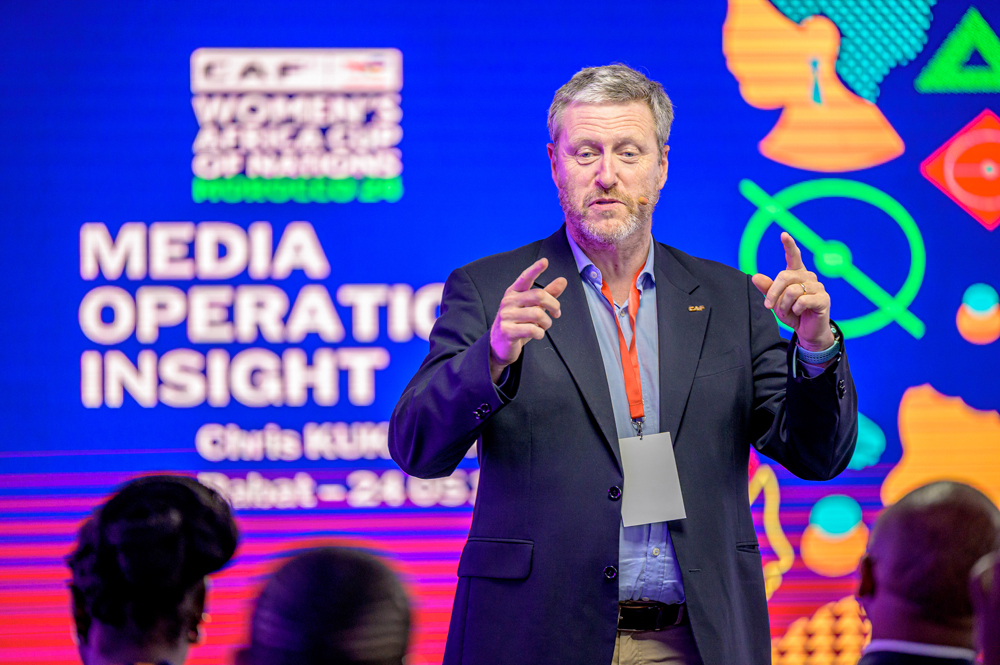
The session moved from inspiration to implementation. Christophe Kukawka, media consultant and key figure in FIFA’s major events, led a deep dive into the operational side of media work – press boxes, mixed zones, post-match conferences, accreditations, photo protocols, and crisis response. Beneath the technical details emerged a clear philosophy: media officers are essential to the tournament ecosystem. “You are the ones who ensure the flow of information. You reassure journalists, smooth communication, and protect players, referees, and officials.”
Kukawka introduced the concept of the New Media Mixed Zone – a space tailored for the digital age, designed to be interactive, responsive, and aligned with the pace of social media. The women in the room grasped the stakes immediately. Far from the glamorous stereotypes, the job demands constant commitment, logistical precision, sharp timing, and mental resilience.
Then came the digital moment. Sheriff Hassan, CAF’s Digital and Marketing Director, presented CAF Play, the federation’s digital platform that showcases the full spectrum of African football. “We’ve invested in quality content production. Today, our videos and features are everywhere. We’ve passed the one-million-subscriber mark on several platforms. But none of this would have been possible without a coherent strategy and field support – people like you.”
He spoke of storytelling and audience engagement, of content that touches emotions and amplifies impact. He also spoke of responsibility – the duty to uplift, inform, and maintain ethical standards, even in the pursuit of virality.

The day concluded with a powerful roundtable. Five respected figures – Katy Touré (Ivory Coast), Houyam Benhammou (Morocco), Usher Komugisha (Uganda), Soda Thiam (Senegal), and Cynthia Nzetia (DR Congo) – shared their journeys, doubts, and victories. Their voices echoed with strength and familiarity. “The field is never neutral. You have to prove yourself constantly,” said Touré. “But you also have to trust yourself and stand firm in your space.”
“The microphone is not just a tool – it’s a form of representation,” added Thiam. “Be bold, supportive, and visible,” concluded Benhammou. “And never forget – you belong here.”
Some attendees spoke publicly for the first time. Others found kindred spirits in their shared commitment. All left with more than just notes; they left with direction, a renewed sense of purpose.
This inaugural workshop is just the beginning. It signals a new approach to communication in African football – more horizontal, inclusive, and strategically driven. “The movement is underway,” said September. “These women will define its course. They’re not here to appear – they’re here to build.”
In Rabat, the narrative has shifted. The certainties have blurred. And now, it is the women who hold the microphone – and write the story in the first person.
